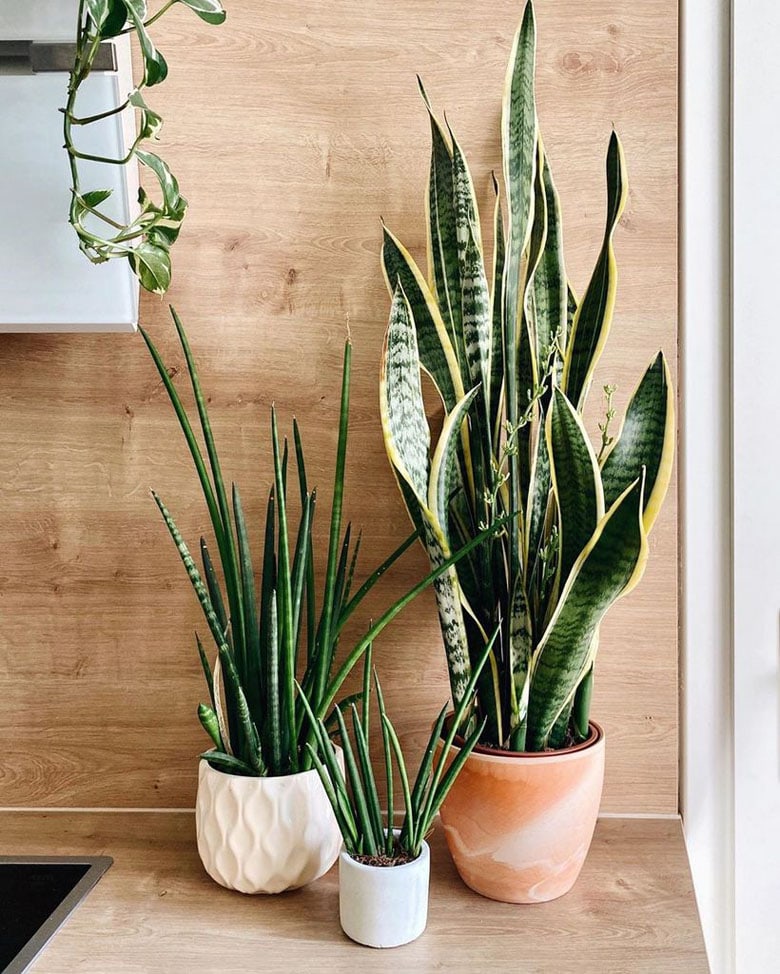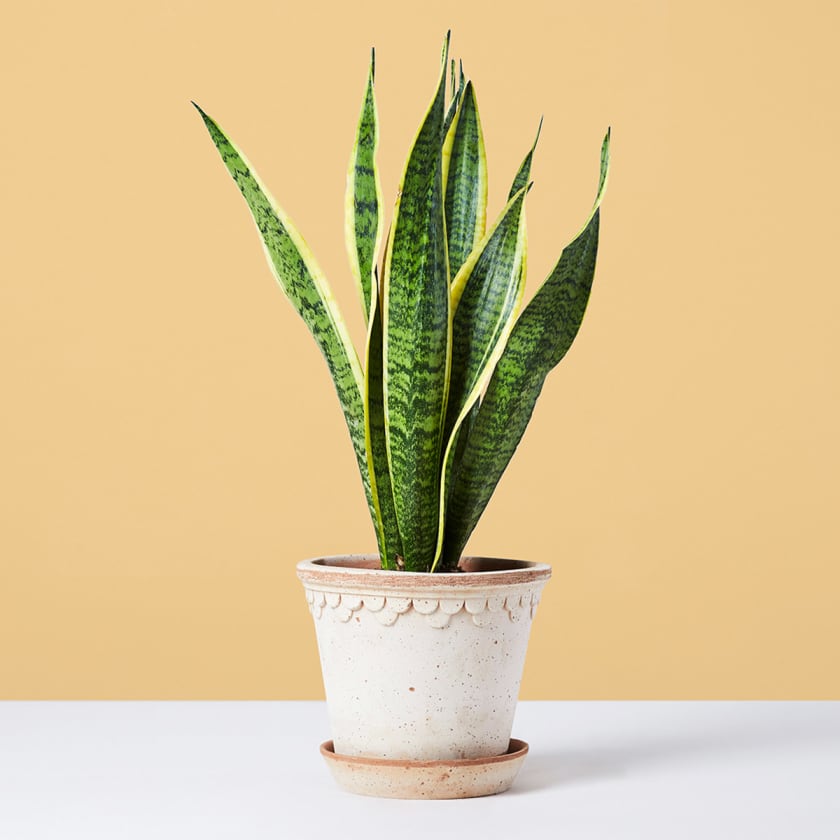
Snake plants like to be root-bound and can stay in the same pot for several years, while replacing some surface soil annually. These are tropical plants and a warm household, between 65 and 80☏., is ideal. In the low-light conditions of winter (October through February), water only as often as is necessary to prevent the leaves from puckering, no more than every two weeks.Īverage household humidity is adequate. While the plant is tolerant of extended dryness, succulents do have shallow roots and they will rot easily if over-watered, causing the plant to fall over. When the plant is in active growth, allow the soil to just dry between waterings. Water moderately, making the potting mixture moist and checking back after 15 minutes to remove any water sitting in the plant's run-off dish. Too much water is the most frequent cause of failure. Though they can survive poor light conditions, they will not grow without moderate sunlight and will not flower without more generous sun exposure.

They should be protected from the hottest, southern sun in summer. Snake plants prefer plentiful sunlight, but will put up with some light shade and continue to grow. Each of the leaves have a pointed tip that you should treat gently if the tip is broken, the leaf-blade stops growing. Snake plant has a well deserved reputation as a very durable plant in varied conditions. The plants most in household cultivation are Dracaena trifasciata (previously Sansevieria trifasciata) and its cultivars and Dracaena angolensis (previously Sansevieria cylindrica), both of which are stiff, erect plants.

They are native to rocky, dry habitats in tropical Africa. The Dracaena species known as snake plants or mother-in-law's tongue were until recently considered a separate genus, Sansevieria, but have been reclassified following molecular examination. Plants from the floor of a rainforest will need some protection from strong sunlight and generous humidity. Plants that are native to desert regions will require substantial amount of sunlight and loose, fast-draining soil. So-called because the tough fibers of the plant have historically been used to make bowstrings.Snake plants, like this Dracaena trifasciata, can thrive in areas of limited light but prefer moderate sunlight Snake plant ( Dracaena)Īn important factor in determining the suitability of a plant to your home and envisioning the care it will need, is to know the origin of the plant. Especially upon growth, the plant begins to take the shape of a great sword with a sharp point to match. One of the cheekier names for this plant is a reference to the sharp words delivered by the least favorite mother-in-laws among us.

“Hahniii” refers to its resemblance to a bird’s nest. *Dracaena trifasciata ‘Hahnii’: This is a shorter version of the plant that is more shrub-like, at about six inches in height. The ‘Laurentii’ variation of the plant has yellow edges with horizontal stripes. This is the updated common scientific name for the plant. Easily the most common name for the Sansevieria and its varieties, this refers to the chevron or rosette patterns that can look like coils, as well as the sharp points at the end of the leaves.

Below are just a few examples of snake plant names. The name “Sansevieria” itself, has come into question in recent years as molecular discoveries have recategorized it under the Dracaena genus. Colloquially, you’ll probably notice there is no singular name for the Sansevieria - some are scientific and refer to specific varieties, some have origins in folklore, others are critiques of your in-laws.


 0 kommentar(er)
0 kommentar(er)
